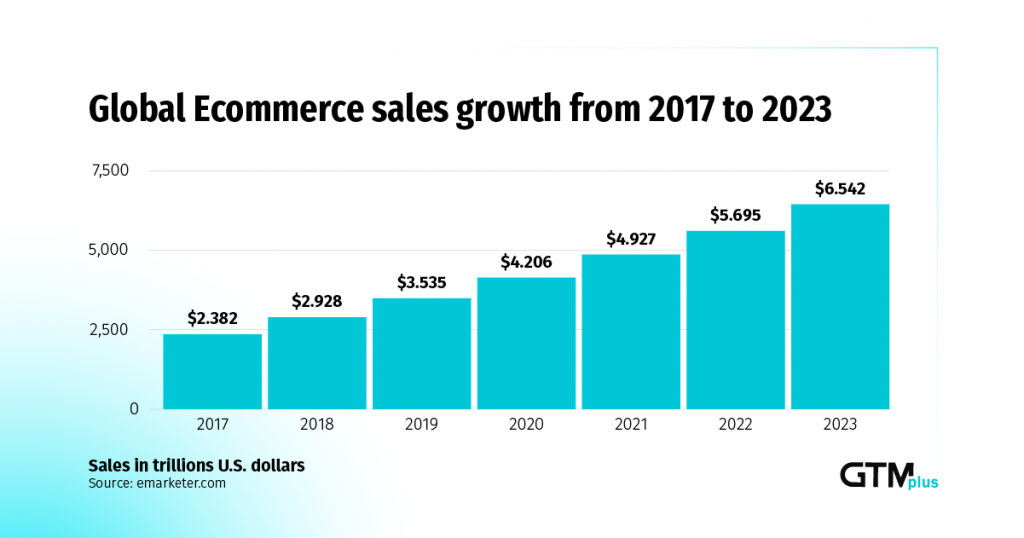Harnessing 2024’s Fashion E-Commerce Trends for Growth
The fashion industry is experiencing an unprecedented digital revolution that is transforming how brands reach and engage with their audience. In 2024, the most significant e-commerce trends revolve around personalization, sustainability, and the use of innovative technologies. With insights from Drapers’ latest research report, let’s explore these trends and how fashion brands and retailers can utilize them for growth.
Personalization: Crafting Unique Customer Experiences
Personalization is at the heart of 2024’s e-commerce evolution. Brands that harness data to create bespoke customer experiences are witnessing higher engagement rates. This involves utilizing AI-powered solutions to offer personalized product recommendations, tailor-made content, and targeted marketing campaigns that resonate with individual preferences.
Sustainability: The Fashion Imperative
Sustainability is no longer a buzzword but a business imperative in the fashion world. Consumers are increasingly making choices based on the environmental impact of their purchases. Fashion brands are responding by incorporating sustainable practices such as using eco-friendly materials, reducing waste, and showcasing transparency in their supply chain.
Innovative Technologies: Shaping the Future of Online Shopping
Technological advancements such as AR/VR, 3D modeling, and blockchain are revolutionizing the online shopping experience. AR fitting rooms, virtual showrooms, and traceable product journeys are becoming commonplace, offering customers an immersive and transparent shopping experience.
Composable Commerce: Building Flexible Ecosystems
The concept of composable commerce emphasizes flexibility in the e-commerce ecosystem. By decoupling various components of the e-commerce stack, businesses can rapidly adapt to market changes, integrate new technologies, and provide innovative services to their customers.
Aligning with Gen Z and Millennials
Understanding the shopping preferences of Gen Z and Millennials is crucial for fashion e-commerce success. These demographics value brand authenticity, social media engagement, and experiences over simple transactions. Brands that align with these values are poised to build lasting relationships with these key consumer segments.
Case Studies: Learning from Success Stories
Success strategy case studies from fashion brands like White Stuff and Grenson offer valuable insights. These brands demonstrate the importance of aligning customer expectations with business strategies to drive e-commerce growth.
In conclusion, the e-commerce trends of 2024 present exciting opportunities for fashion brands to innovate, connect, and grow. By prioritizing customer-centric strategies, embracing sustainability, and investing in technology, brands can stay ahead in the competitive online fashion marketplace.


